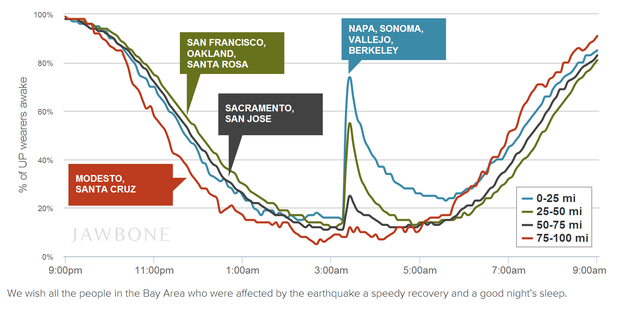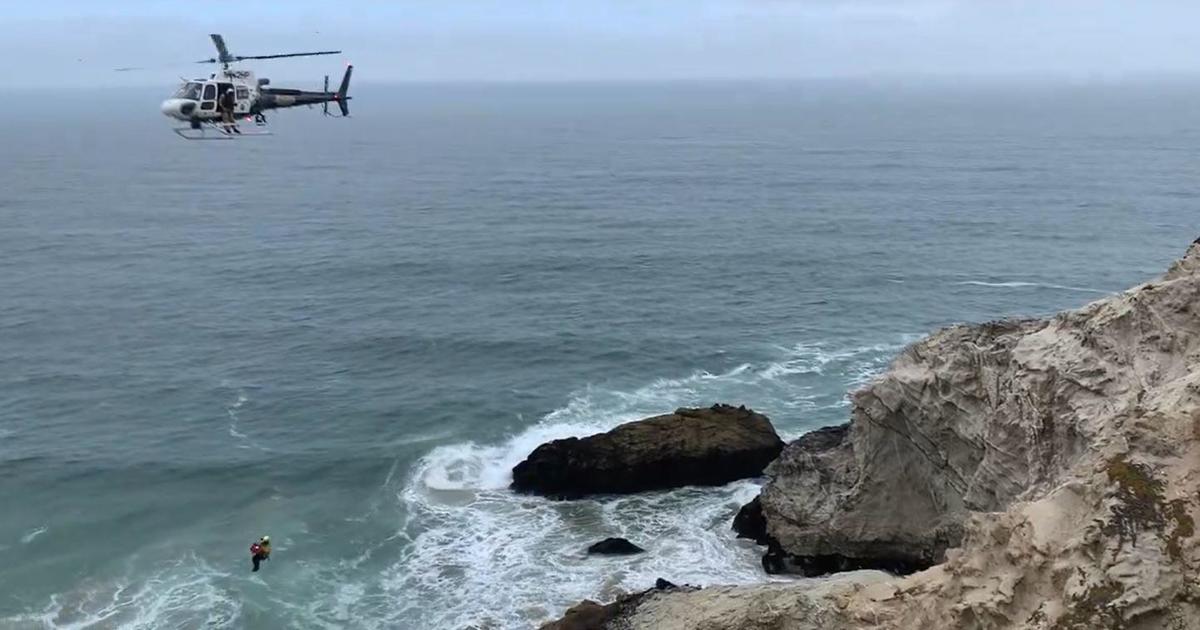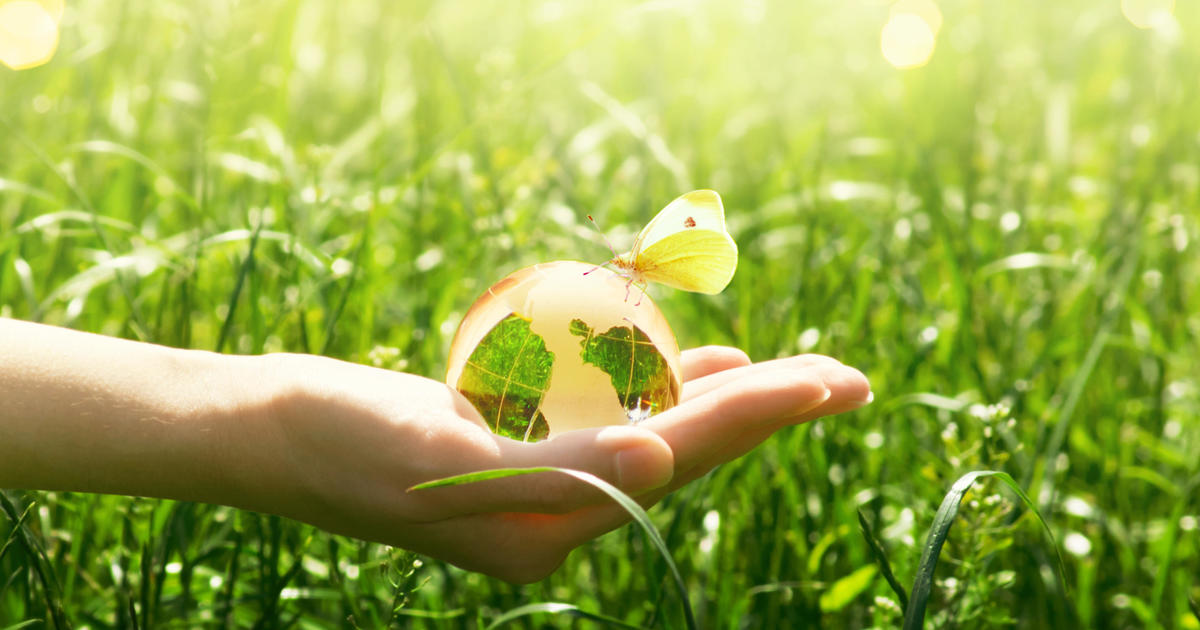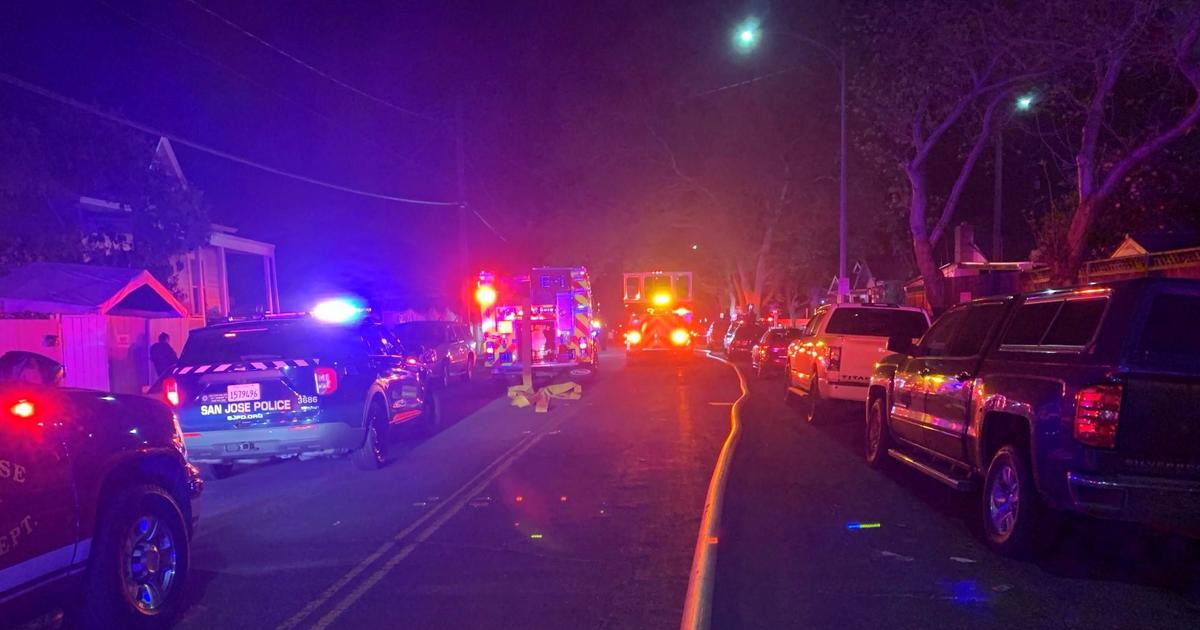Napa Earthquake First Major Bay Area Quake In Smart Phone, Social Media Technology Age
SAN FRANCISCO (CBS SF) -- In the 25 years between the 6.9 Loma Prieta quake and the next most powerful quake, Sunday's 6.0 earthquake hitting between Napa and Vallejo, a seismic shift has occurred in how we communicate and acquire information, from smart phones, drones, Twitter, Facebook, email, text messages, connected devices, and through media. By examining these changes, their power is evident and how they influence emergency response is radically different.
Power outages were mostly irrelevant when it came to hampering communication, as cell phones charging on nightstands quickly allowed instant connections with loved ones, while built-in video and still cameras meant not a moment was lost in capturing what happened, and Instagram, Twitter, and Facebook turned 7 million people into citizen journalists.
SOCIAL MEDIA: In this new age of quake reporting, Leslie Katz @Lesatnews said it best...
Seconds after 3:21 a.m. Sunday morning, likely while the quake was still rumbling, it appears Chris Taylor, or @FutureBoy to Twitter users everywhere was the first to tweet about the quake and break the news. If he had chosen the hashtag (#) instead of his other punctuation, (!), he might have had even more retweets, but it does appear he was the first. As Shakespeare said, "Brevity is the soul of wit," and Future Boy wins.
UNEXPECTED DATA: This is also the first major quake in the Bay Area where data is everywhere, and "data mining" -- digging for hidden meaning in seemingly abstract, irrelevant, or just chaotic and copious statistics -- can lead to FASCINATING results.
We're now so wired that scientists at Jawbone identified exactly how many people woke up and when and where they were, by crunching data from the Jawbone Up fitness device. Looking at the locations, you can also tell where the quake movement -- and subsequent damage -- was heaviest.
Jawbone reports, "Napa, Sonoma, Vallejo, and Fairfield were less than 15 miles from the epicenter. Almost all (93%) of the UP wearers in these cities suddenly woke up at 3:20AM when the quake struck. Farther from the epicenter, the impact was weaker and more people slept through the shaking. In San Francisco and Oakland, slightly more than half (55%) woke up."
The company adds that many people chose to just stay up, writing, "Once awaken, it took the residents a long time to go back to sleep, especially in the areas that felt the shaking the strongest. In fact, 45% of UP wearers less than 15 miles from the epicenter stayed up the rest of the night."
JAWBONE: Analyzing How The Napa Quake Woke Us Up
TWO-WAY COMMUNICATION: Not only is all this cell phone technology perfect for person-to-person calls and citizen journalism, but emergency workers can now alert people directly through the "Wireless Emergency Alert" system, or WEA to quakes, imminent tsunamis, Amber Alerts and more. In a major emergency, this sort of "reverse 911" system can send key messages to any phone that crosses into the range of a cell phone tower in the affected area. Local agencies or the president can contact FEMA, and FEMA authorizes the message of up to 90 characters. They are free, and do not use the normal text message infrastructure, so they are not impacted by cellular traffic. To check that your phone can accept them, and that you have them turned on, check your alert settings, or get more information from your carrier.
WIRELESS EMERGENCY ALERTS: Article from Cell Phone Trade Association, CTIA
QUAKE PREDICTION: In 1989, if someone said they could predict a quake, you might have thought them to be loony, or maybe they swore they had a pet who could detect tremors. That technology has advanced, and the waves your pet senses are actually setting off real sensors on real earthquake networks, and that could one day lead to a government-issued quake warning, so you have time to get under a table, and away from the chimney.
HOW QUAKE PREDICTION WORKS: KPIX 5 Tours The Berkeley Lab
CAMERAS EVERYWHERE: Forget that you have one camera or often two (a front-facing and a back-facing camera) in your pocket that you can instantly use to publish content to the world. Did you remember to turn it on at 3:20 a.m.? It's okay, hundreds of thousands of security cameras were already running. Back in 1989, surveillance video was only for the super wealthy or super paranoid, but now you can buy a four-camera security system with nightvision for less than the cost of a hotel room. That gave us amazing shots like the video from Camille Freking in Hercules.
DRONES: Besides the cameras in our pockets and in our homes, drones are revolutionizing the way people see everything from wildfires to weddings. And, with the advent of social content networks like Youtube, once the video exists, you can share it with a billion people. The FAA might not allow the usage, and the user who uploaded this video to Youtube could be cited, but the video makes a valid point about the power of these tiny radio-controlled aircraft to get into areas that are unsafe to occupy.
LIVE BROADCASTS THEN AND NOW: While citizen journalists' video went viral on Youtube, why not watch the quake aftermath live? In 1989, as KPIX 5's Roberta Gonzales mentioned, she was holding a cell phone that weighed more than her Sony Walkman, and it ran out of battery power right as she was getting to the scene. Today, many reporters carry two cell phones, and can broadcast directly over their phone through 4G, 3G, even 2G networks, without even waiting for a live truck to arrive.
No matter how powerfully connected we are as a society, nothing can put those bricks back into the walls from where they fell. Maybe in another 25 years, there will be better technologies to avoid the damage of which so many millions of smart phones took pictures.




